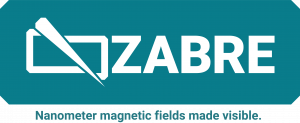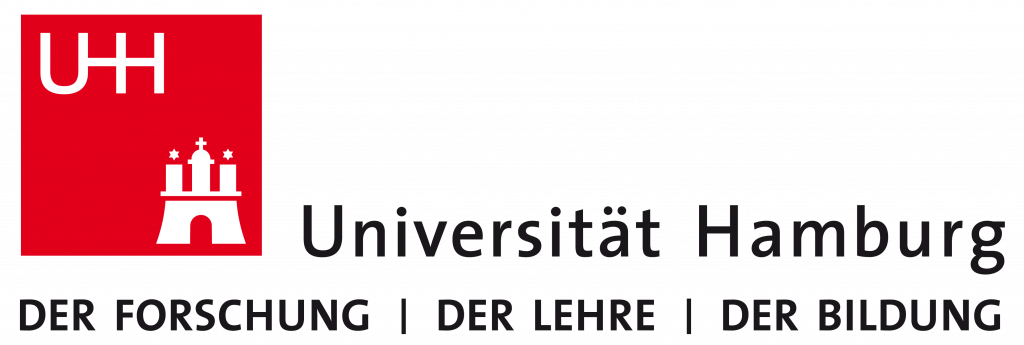Country
SwitzerlandHost institution

At QZabre, everything revolves around imaging magnetic fields at the nanometer scale using quantum sensing. We are an ETH Spin-off founded in 2018 with the goal of making scanning Nitrogen Vacancy magnetometry as easy as atomic force microscopy. Our product portfolio contains both state-of-the-art single NV scanning probes as well as a full turnkey, high performance instrument. Our team of eight scientists and programmers fully focuses on pushing the boundaries of nanometer scale magnetic characterization technology.
Prof. Christian Degen, who is one of the pioneers of NV magnetometry, will support the project. His Spin Physics group at the Swiss Federal Institute of Technology Zurich (ETHZ) is at the forefront of magnetic imaging, both at ambient as well as cryogenic conditions.
Supervisor
Dr. Gabriel Puebla-Hellman
Description
Magnetic skyrmions are quasiparticles with a wide range of interesting and non-trivial physical properties. In addition, the recent emergence of materials that support skyrmions at room temperature adds potential industrial applications for low power random access memories. They remain, however, difficult to characterize and image.
A suitable tool for the study of skyrmions is scanning Nitrogen Vacancy (NV) magnetometry. By scanning a single NV, essentially an atomic size magnetic sensor, in close proximity over the sample, we map the sample’s magnetic field with nanoscale resolution at ambient conditions and without disturbing the sample.
Skyrmions are typically very small magnetic features, close to the resolution limit of scanning NV. Improving the minimum feature size that our method can detect is the primary goal of the project. Reducing the distance between the sample and the NV is the obvious approach, as the resolution is proportional to the sample-NV distance. This implies moving the NV closer to scanning tip surface, which increases the NV-surface interaction and creates a multi-faceted project with elements of material engineering, nanoscale fabrication and quantum measurements coming together to create the next generations of high resolution, high signal-to-noise scanning probes.
Scanning NV provides a wealth of data about the magnetic sample, ranging from magnetic field magnitude to topology. By moving to scanning tips with several NVs, we can obtain additional vector information, which is especially useful for non-flat samples. Fabricating such probes, creating the necessary read-out schemes and demonstrating this on actual samples is a second part of this project.
Requirements
- Master’s degree in Physics, Materials Science, Electrical Engineering or a similar field
- Good verbal and written communication skills in English.
Although not compulsory, the following points will be considered:
- Previous knowledge of quantum bit manipulation.
- Experience in the following techniques: nanofabrication, qubit manipulation, nanoscale magnetic phenomen.
- Self-motivation and willingness to perform independent research.
Planned Secondments
UHAM (Hamburg, Germany), under the supervision of Kirsten von Bergmann.
Registering University
ETHZ (Zurich, Switzerland).



